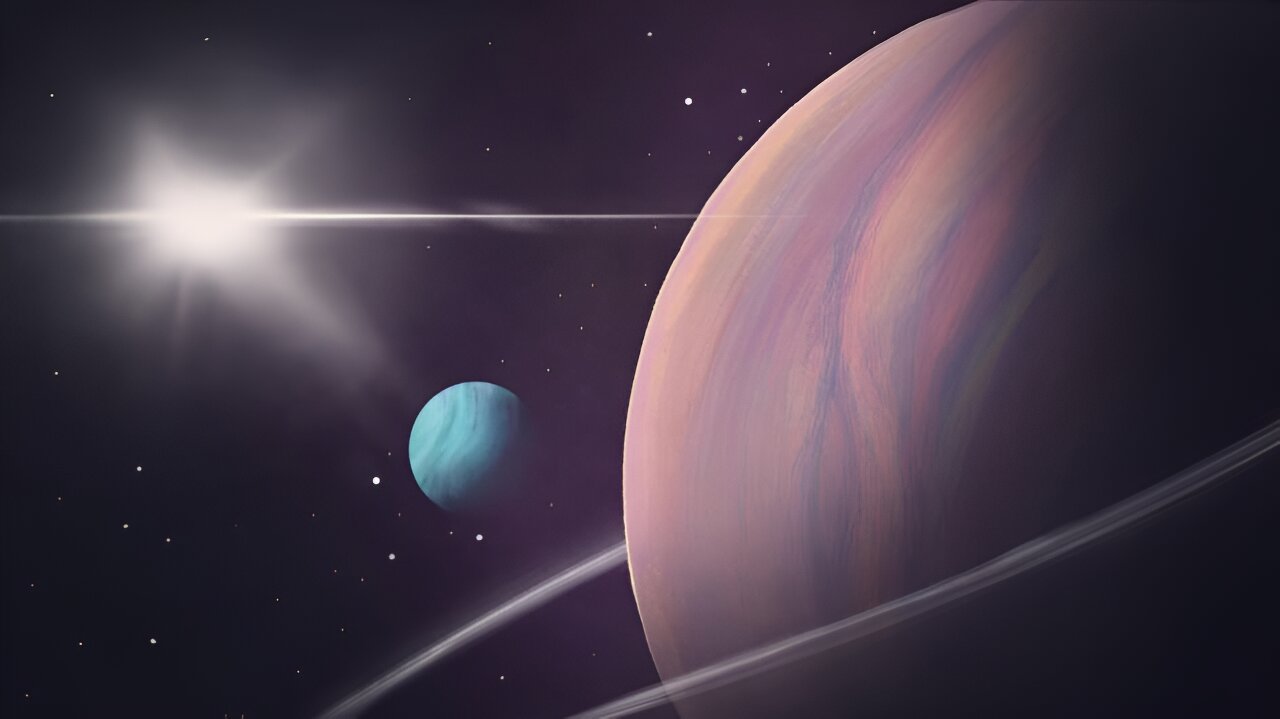Scientists expect to see many moons orbiting exoplanets in the next few decades. It will be possible to do this during their eclipses and transits. It is expected that the new orbital Habitable Worlds Observatory will be able to cope with this task.

New observatory will be able to see exomoons
As of May 2024, scientists have already announced the discovery of moons in exoplanets several times. However, today all these reports are considered very dubious. These objects are too far from us and too small.
But scientists from a number of American universities are confident that soon people will have the opportunity to reliably establish the existence of these objects. The new Habitable Worlds Observatory (HWO) will help them in this.
The project of its creation is based on the earlier LUVOIR-B concept. This project acquired a modern aspect during the Astro2020 conference. It is quite possible that it will become a reality in the mid-2030s, thanks to the use of new-generation SLS and Falcon Heavy carriers.
It is expected that this will be a giant mirror that will be brought to the L2 point of the Sun-Earth system. The telescope will operate in a wide frequency range from infrared to ultraviolet light. It is expected that it will be able to directly observe exoplanets, and not only record signs of their presence in the form of changes in brightness or fluctuations of stars. In addition, this instrument will be used to search for life far away in space.
Eclipses on exoplanets
Most of all, scientists in the HWO project are intrigued by the possibility of seeing eclipses and other similar phenomena caused by the movement of moons around planets.It is expected that this will be possible due to the high sensitivity to changes in the brightness and reflection spectrum of the celestial body.
When an exomoon passes between us and its parent planet, it will be one picture, when the shadow from it will cover part of the surface — another, and when it will hide in the shadow of the planet — it will be something third. In addition, scientists expect that they will also be able to capture the moments when the moon will hide from them behind the planet.
Scientists have some idea of what all these events might look like. In 2008, EPOXI conducted a series of observations of the Earth and the Moon from deep space. It recorded a number of eclipses and transits.
Scientists expect that in the future, by comparing images of exoplanets with these benchmarks, HWO will be able to recognize the eclipse. In total, scientists expect to see from 2 to 20 similar events at distances up to 35 light years. And at large distances, it is quite possible to record several more events that will occur with large moons of giant planets.
Scientists expect that HWO will be able to see the eclipse in several ways at once. In addition, it is expected that this observatory will be able to see other interesting things: rings, weather changes, as well as rotation features of exoplanets that can cause a change in their brightness.
According to phys.org


